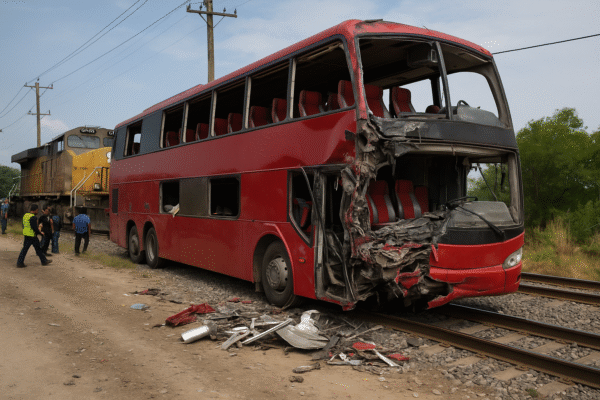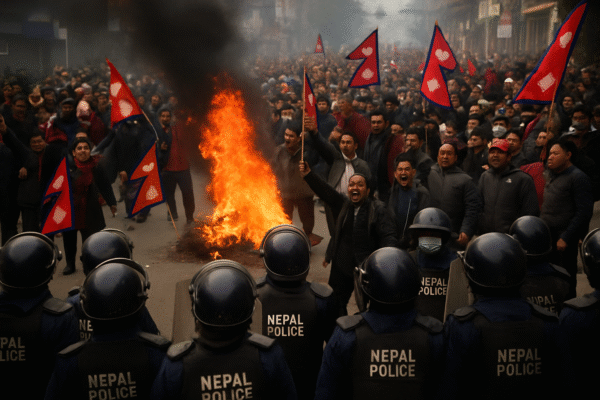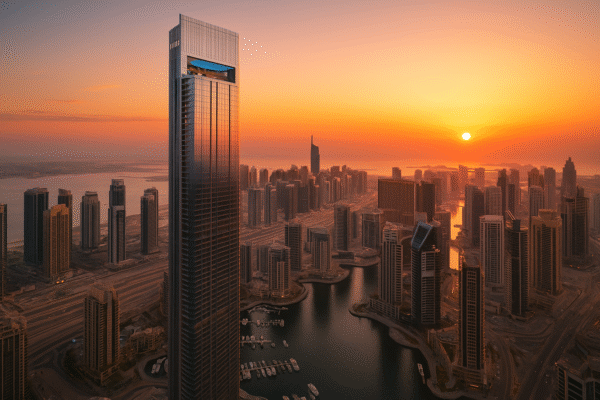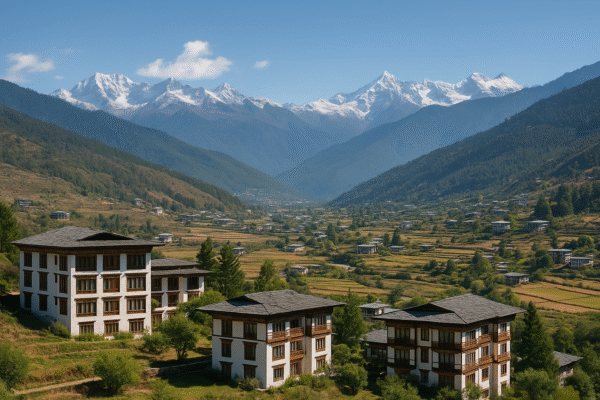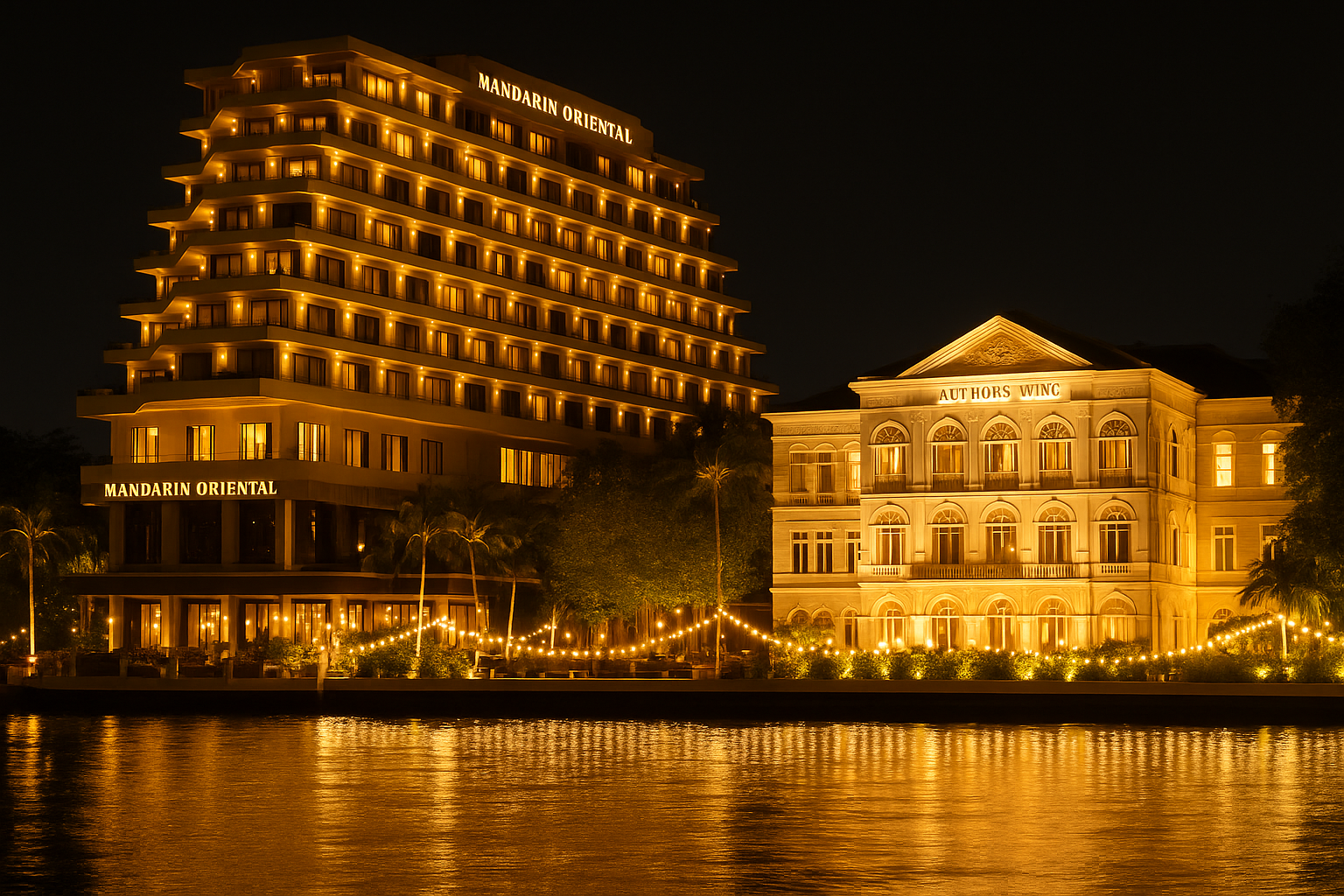San Francisco is taking a bold step toward economic recovery and tourism revival with the approval of a new 29-storey hotel at 570 Market Street. Located in the heart of the Financial District, this development is seen as a sign of confidence in the city’s future, as it works to rebuild after years of pandemic-related downturns.
The project, greenlit by the San Francisco Planning Commission, will transform a partially vacant two-storey property into a modern high-rise featuring 211 guest rooms, retail space, and amenities tailored for upscale travelers. More than just a new addition to the skyline, the hotel represents optimism for the city’s hospitality industry, which was one of the hardest-hit sectors during the global health crisis.
The Pandemic’s Impact on San Francisco Tourism
San Francisco, renowned for its Golden Gate Bridge, cable cars, and diverse cultural scene, experienced a dramatic decline in tourism during the COVID-19 pandemic. According to official data, visitor spending plummeted from $9.6 billion in 2019 to $2.7 billion in 2020, while the number of visitors fell from 26.2 million to 11.8 million in the same period.
Though recovery is underway, progress remains gradual. Projections indicate that by 2025, the city may welcome 23.5 million visitors, still short of pre-pandemic highs of nearly 30 million. Hotel occupancy, once robust at 82.7% in 2019, is expected to reach only 65.2% by 2025, with a modest rise to 66.3% by 2026.
Against this backdrop, the approval of a new hotel is seen as a vote of confidence that San Francisco’s tourism industry is on a steady upward trajectory.
A Vision for Post-Pandemic Renewal
The new 570 Market Street hotel, developed by Frontier Group LLC, is set to become a symbol of San Francisco’s resilience. Plans outline 123,000 square feet of space, including 3,400 square feet of ground-level retail, designed to energize the surrounding streetscape. The 211-room hotel will cater to both business and leisure travelers, strategically positioned between Market and Sutter Streets, and within walking distance of major attractions and corporate offices.
City officials and industry experts argue that such projects are critical for San Francisco’s renewal. Major international events, including the 2026 FIFA World Cup and Super Bowl LX, are expected to bring a surge of visitors, further boosting demand for accommodations. Developers believe this hotel will be well-positioned to serve the influx, providing not only rooms but also jobs and tax revenue that will contribute to the city’s recovery.
Economic Impact of the New Hotel
The construction and eventual operation of the hotel are projected to generate significant economic benefits. The project will create hundreds of jobs in construction and hospitality, while increasing foot traffic in the Financial District—an area that has struggled with reduced occupancy and business closures since 2020.
By revitalizing a site that currently offers limited economic activity, the new development aligns with San Francisco’s broader goals to reinvigorate its downtown core. Local businesses, from restaurants to retail outlets, stand to benefit from increased visitor presence, while the city’s reputation as a global tourism hub receives a boost.
Community Concerns and Challenges
Despite its potential benefits, the project has faced opposition. The Chelsea Pacific Group, owner of the historic Chancery Building next door, has expressed concerns over the hotel’s height and proximity. They argue that the structure could block sunlight, affect tenant privacy, and reduce the building’s leasing appeal.
Further objections center on construction-related disruptions such as noise, dust, and vibrations, which critics say could damage nearby properties. Chelsea Pacific has also raised doubts about the timing, suggesting that with many hotels still recovering, additional supply may not be necessary in the immediate term.
Nevertheless, the Planning Commission found that the project aligns with long-term economic and tourism goals, approving the development despite objections. Frontier Group LLC countered with studies projecting rising demand for hotel accommodations in the coming years, especially as San Francisco re-establishes itself as a premier international destination.
Tourism and the Road Ahead
San Francisco’s decision to move forward with major developments like the 29-storey hotel highlights the city’s commitment to recovery. Tourism has long been a cornerstone of the local economy, supporting tens of thousands of jobs and generating billions in revenue. Though challenges remain—such as reduced business travel, safety perceptions, and uneven recovery among hotels—the city is positioning itself for long-term growth.
Upcoming global events will likely accelerate this rebound, creating opportunities for the hospitality industry to regain strength. The new hotel at Market Street is expected to play a key role in accommodating this surge, offering modern facilities that appeal to both domestic and international travelers.
Bottom Line
The approval of the 29-storey Financial District hotel represents more than just another high-rise for San Francisco’s skyline. It is a symbol of resilience, optimism, and strategic planning as the city works to restore its tourism industry to pre-pandemic vitality.
While community concerns remain valid, the broader picture reflects a city determined to move forward. With major events on the horizon, steady visitor growth, and a commitment to revitalizing its downtown core, San Francisco is charting a path toward a sustainable tourism rebound.
This new hotel stands as a beacon of that future—an investment in both hospitality and hope, ensuring that the city remains one of America’s most iconic travel destinations.
For more travel news like this, keep reading Global Travel Wire






